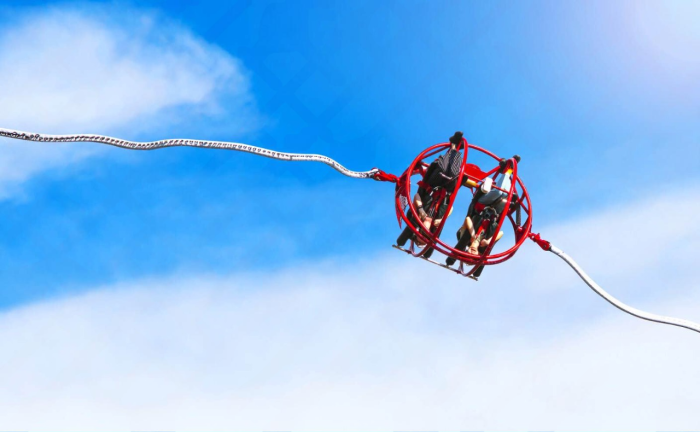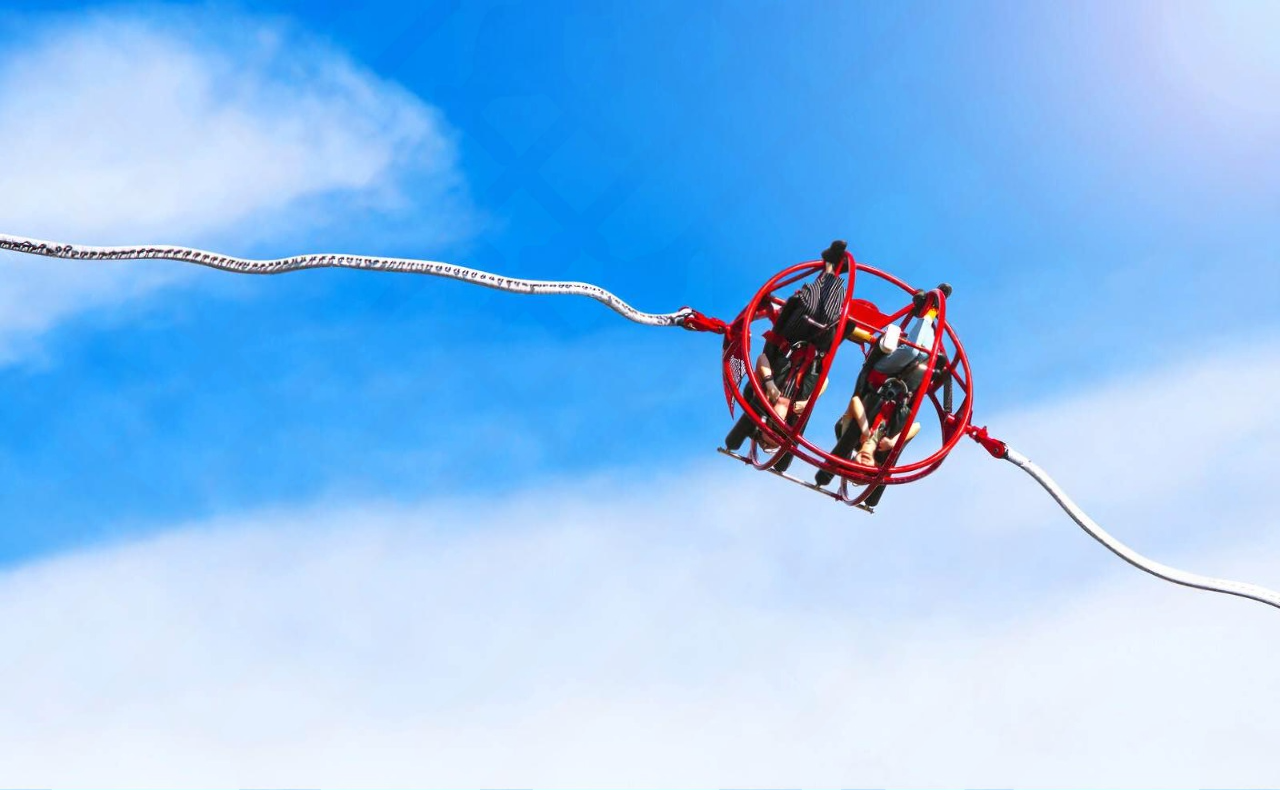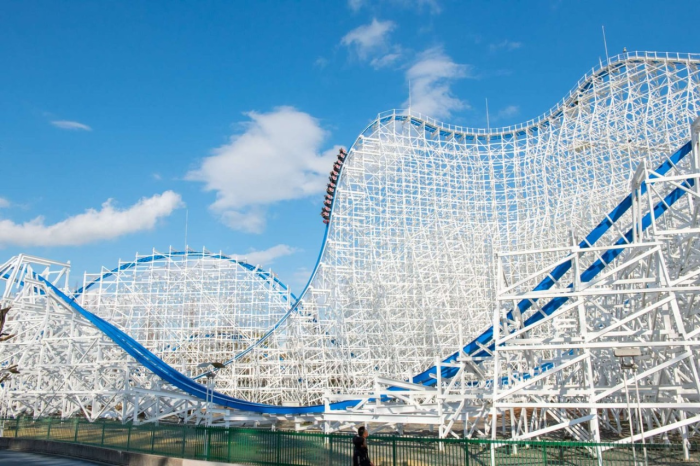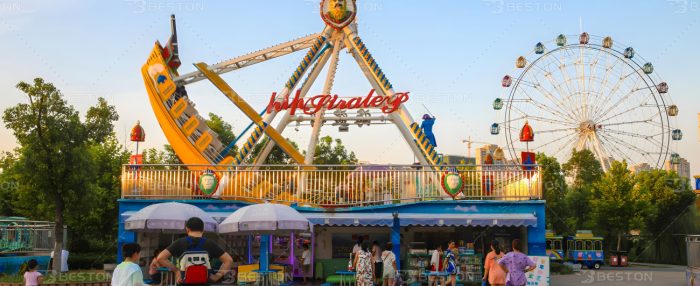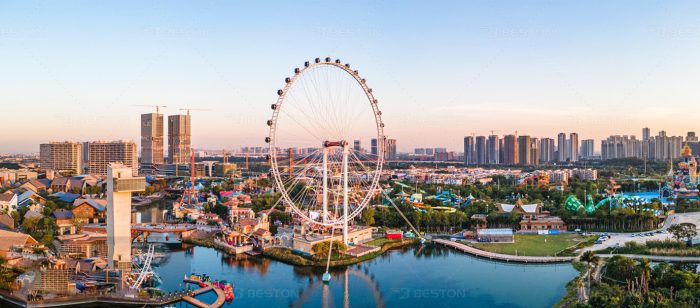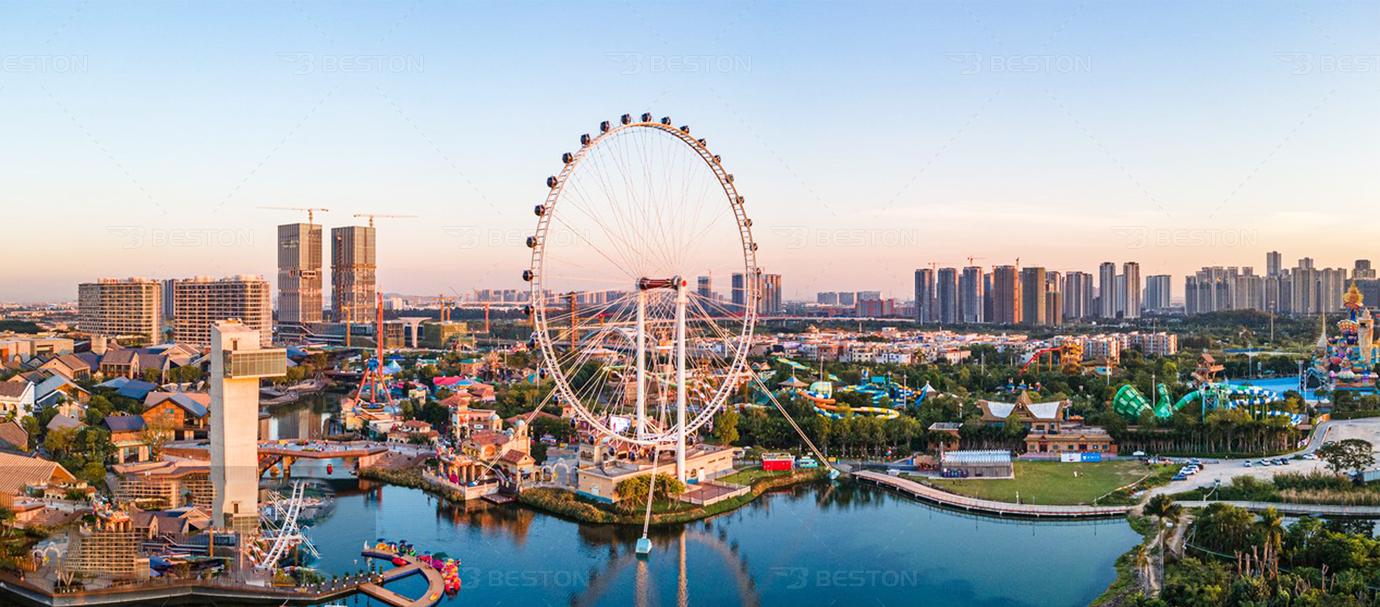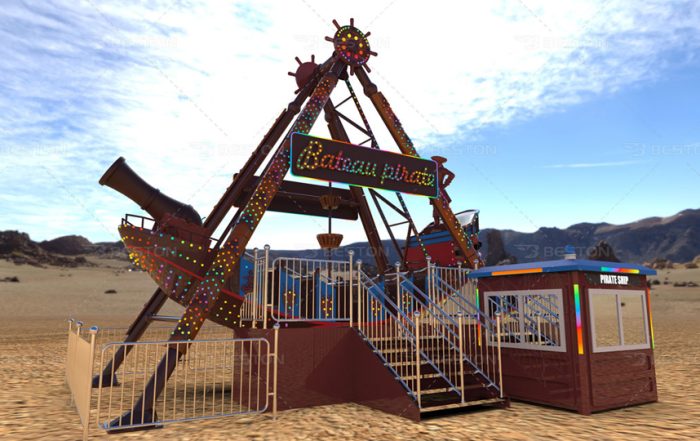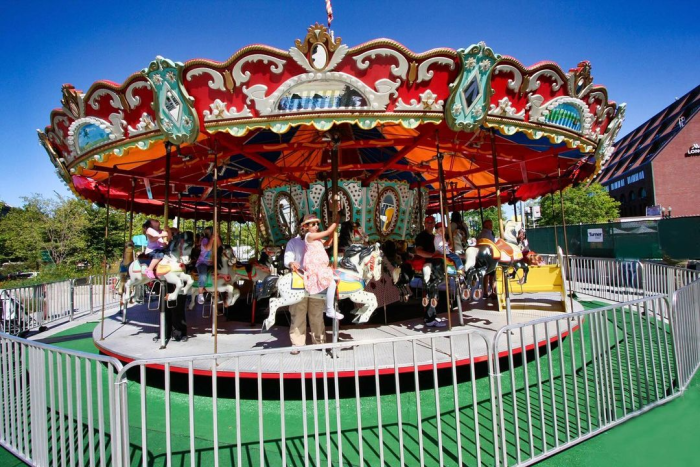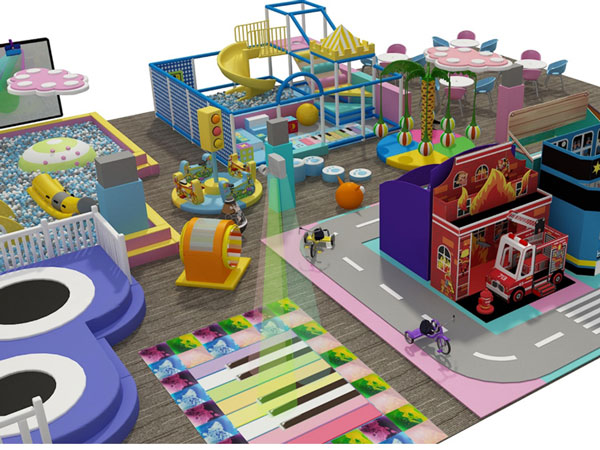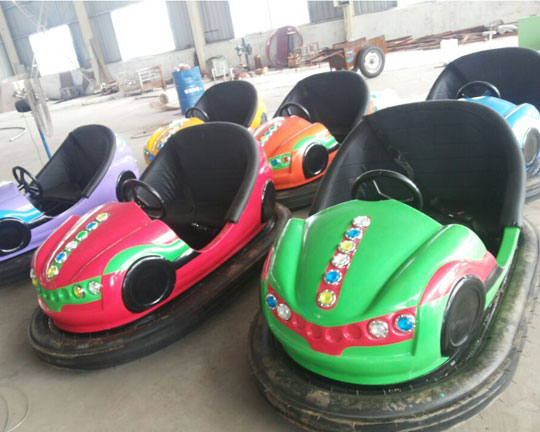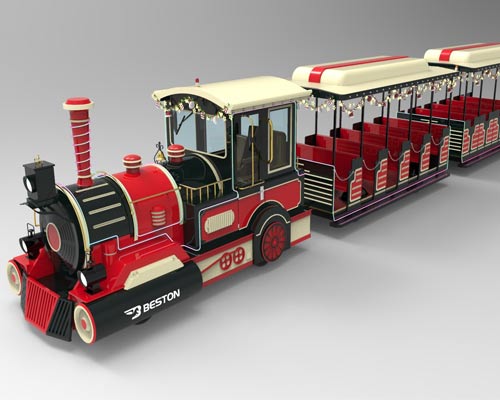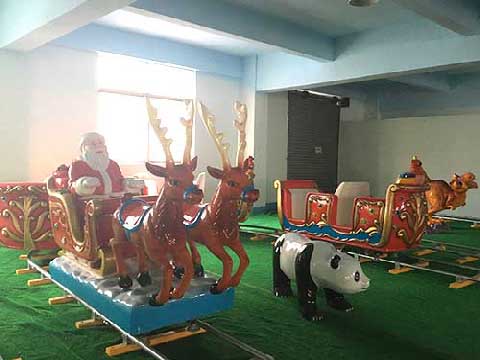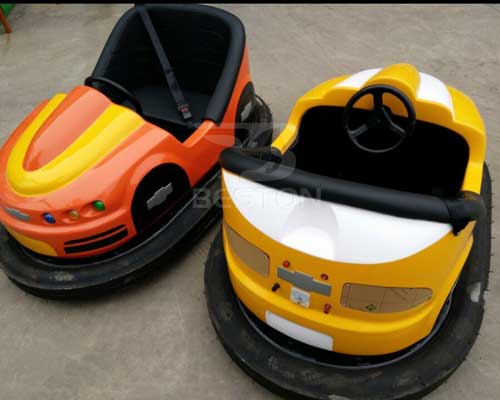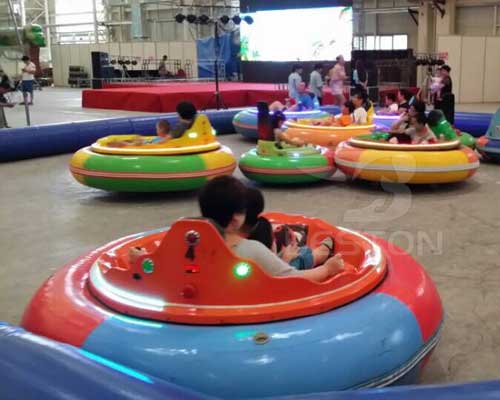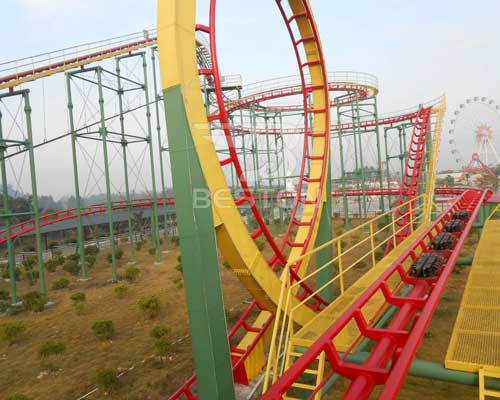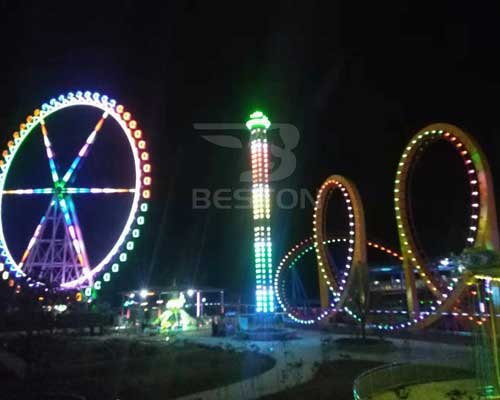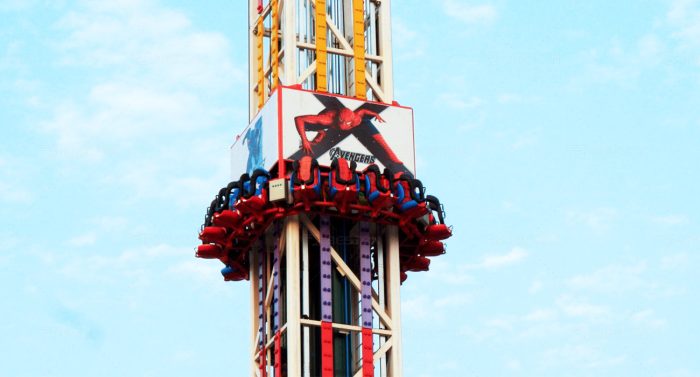
Modern amusement parks and traveling fairs thrive on the excitement created by innovative and thrilling attractions. Among the many rides available today, the drop tower ride (аттракцион башня) continues to grow in popularity due to its combination of suspense, acceleration, and visual impact. At the same time, classic rides such as the pirate ship ride remain staples of the industry, drawing in visitors of all ages. For investors and park operators, understanding the value of these rides, how they operate, and how to source them is essential for maximizing both profits and visitor satisfaction.
Understanding The Mechanics Behind Drop Tower Rides
A drop tower is a vertical amusement ride designed to give riders the experience of free fall, with passengers seated around a central tower, lifted to a significant height, and then released suddenly, creating the stomach-dropping sensation that thrill seekers crave. Modern versions often incorporate repeated drops, magnetic braking systems, LED lighting, and even sound effects to intensify the experience. The anticipation while slowly ascending the tower, followed by the sudden drop, is what makes this ride a must-have for many amusement parks, and advanced safety systems ensure that riders remain secure at all times.
The Timeless Appeal Of The Pirate Ship Ride
While a drop tower focuses on vertical thrills, the pirate ship ride (аттракцион пиратский корабль) offers an entirely different form of excitement. This attraction resembles a large ship that swings back and forth like a pendulum, allowing riders to experience alternating moments of weightlessness at the peak and strong downward forces as the ship swings back down. Its enduring appeal lies in its ability to entertain a wide audience—families, teenagers, and thrill seekers alike. Unlike some extreme rides, the pirate ship does not require riders to endure extreme heights or inversions, making it accessible for a larger demographic. Parks often place this ride near the entrance or central hub because of its iconic design and ability to draw attention from afar.
Comparing The Attractions
Both drop towers and pirate ship rides contribute differently to an amusement park’s overall atmosphere. The drop tower ride adds vertical drama and is often visible from miles away, acting as a landmark that draws curious visitors. On the other hand, the pirate ship ride emphasizes swinging motion and nostalgia, often reminding guests of classic carnival days. When combined within one park, these thrill rides (аттракцион экстрим) balance each other perfectly: one offers pure adrenaline while the other provides a mix of thrill and comfort. This balance is crucial for creating a park that appeals to both thrill seekers and casual visitors.
Finding Reliable Manufacturers And Suppliers
Purchasing either of these rides requires careful selection of a reliable manufacturer. Many companies specialize in producing large-scale amusement rides (аттракционы для детей), offering custom designs, safety certifications, and installation support. When looking for a drop tower ride or a pirate ship ride online, it is important to consider factors such as the manufacturer’s experience in the amusement industry, compliance with international safety standards, availability of different sizes and customization options, warranty and long-term maintenance support, and delivery and installation assistance. Reputable companies often provide detailed specifications, videos of test runs, and customer reviews. By analyzing this information, park owners can make informed decisions about which ride best suits their business goals and visitor demographics.
The Business Value Of These Rides
Adding a drop tower ride to a park can dramatically boost visibility. Because of its height, it becomes a natural landmark that encourages people to stop and visit and generates word-of-mouth marketing since thrill seekers love to share their experiences. Meanwhile, the pirate ship ride offers reliability and has stood the test of time as a “must-have” ride in many theme parks. Its moderate thrill level ensures steady rider turnover throughout the day, keeping queues moving and customers satisfied.
Conclusion: Building A Balanced Attraction Portfolio
No amusement park thrives on a single ride. A successful park integrates high-intensity attractions with family-friendly options, ensuring there is something for everyone. By investing in both a drop tower ride and a pirate ship ride, operators can strike the perfect balance between modern thrills and timeless fun. For those considering an expansion or new installation, these rides represent two of the most effective ways to increase visibility, improve guest experience, and secure long-term profitability. With careful selection of suppliers and a focus on safety, these attractions will not only draw crowds but also keep them coming back year after year.

